Rooi Els seems to have surpassed Sir Lowry’s pass as the place to see one of the Cape’s most alluring endemics, Cape Rockjumper. Just an hours drive from Cape Town, Rooi Els and nearby Betty’s Bay are likely the best Cape localities to see the region’s endemic fynbos species.
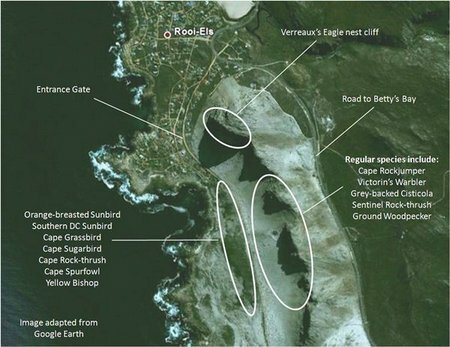
Rooi Els map adapted from Google Earth image
In the slightly dated Google image above you can see that the area was flattened by a fire a few years ago, but the vegetation is now making a strong recovery, which can make finding Cape Rockjumper tough at times. Directions to the Rooi Els Cape Rockjumper site are simple. When entering the seaside village from a Gordon’s Bay direction, cross the bridge and take the second road to your right. Drive to the end of this road until you reach a gate where you can park. Be sure to park to the side and not block the gate. From here continue walking along the road birding as you go.
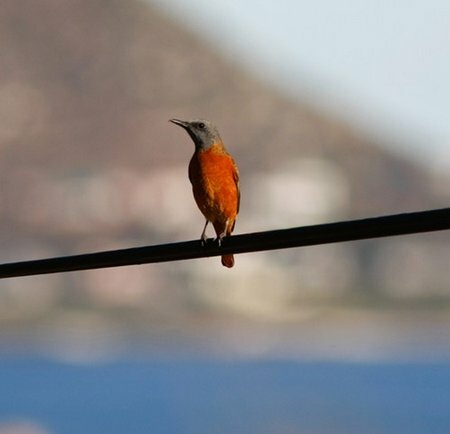
Cape Rock-thrush male
Scan the telephone wires for Cape Rock-thrush and watch the protea bushes for Cape Sugarbird and Orange-breasted Sunbird. Karoo Prinia, Grey-backed Cisticola and Cape Grassbird are also common along this stretch.
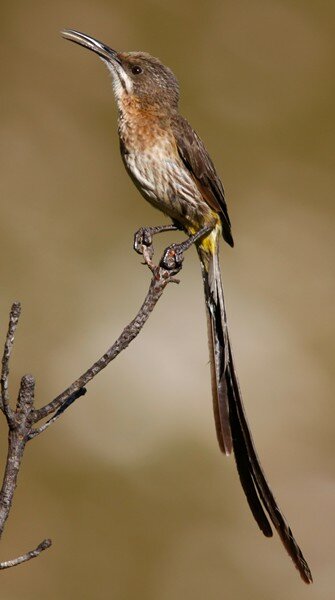
Cape Sugarbird male
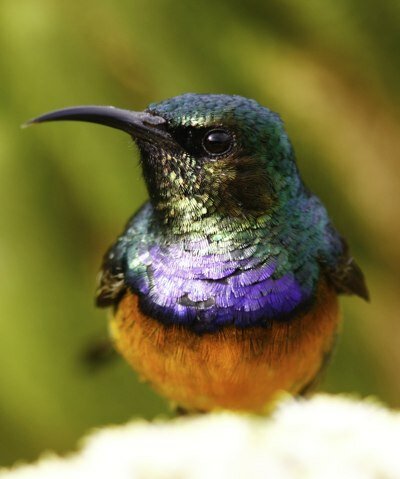
Orange-breasted Sunbird, male
Finding the rockjumpers can be tricky at times. The easiest method is to walk along the jeep track while scanning the rocky slopes and listening for their piping song or more subtle contact calls. They spend most of their time on the ground searching for grubs, but occasionally they hop onto rocks and flutter short distances. They are typically in small groups of three to five birds. For the more energetic a walk up and along the slope can be more productive, but it can be hard going at times as the fynbos is getting denser by the year. The use of playback to attract rockjumpers does not work at Rooi Els (they are “taped-out”) and, if you do choose to use some form of recording, please do so sparingly.
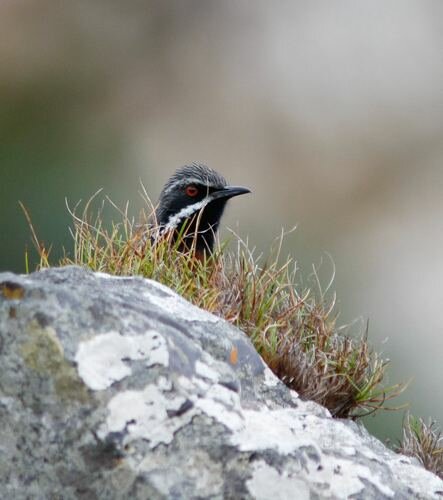
Cape Rockjumper male
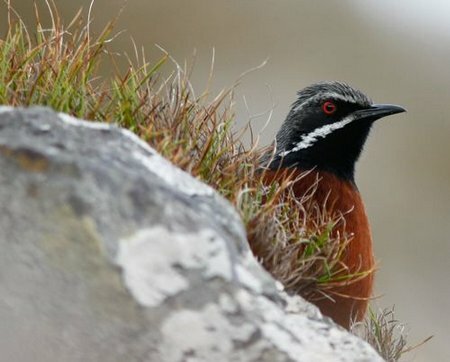
Cape Rockjumper male
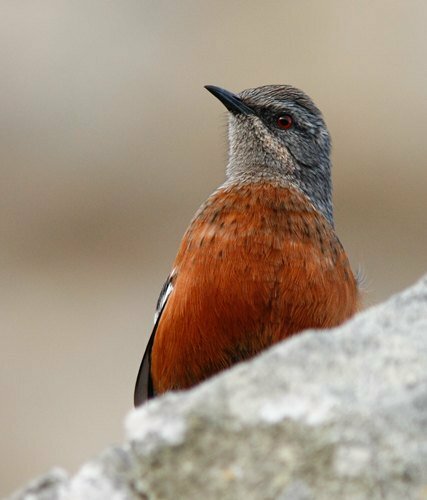
Cape Rockjumper female
Once you have found the rockjumpers they can actually be quite confiding if approached slowly. I know birders who have had rockjumpers hopping around their feet! It’s easy to think at times that the rockjumpers are not home, but they are always there. You just need to search a bit harder! Other interesting species to look out for in the area include: Verreaux’s Eagle (see map for nest site), Ground Woodpecker (they can be tricky to pin down – listen for their call), Long-billed Pipit (particularly after a fire), Cape Spurfowl, Victorin’s Warbler (particularly on the upper slopes close to the cliffs, but also in the low lying areas on the sea-side of the road), Sentinel Rock-thrush (not on the phone lines like Cape Rock-thrush – look on the lower slopes), Cape Eagle Owl (scarce, but resident).
Enjoy the birding and please feel free to post interesting or recent sightings in the comments section below.
David Winter.
A message from Cape BirdNet – 23 December 2011:
Hi everyone
I’ve just returned to the UK from Cape Town after a brief visit and am pleased I finally found a Victorin’s Warbler although I was looking for Ground Woodpeckers than never seem to want to show themselves to me!
The Victorin’s was singing and showed itself well twice along the “rockjumper” path at Rooi-els.
It seems to be trying to set up territory on the right (seaward side) of the path about 3/4km along from the gate. There’s an obvious large white house on the shore with a gravel drive. Pass that and look for the first huge boulder after that. Its in a gap between telegraph wires where the posts stop and before a new run begins.
Also seen were Cape Rock-thrush three times!
Best wishes for Christmas and New Year
Graham Langley (Uk birder)